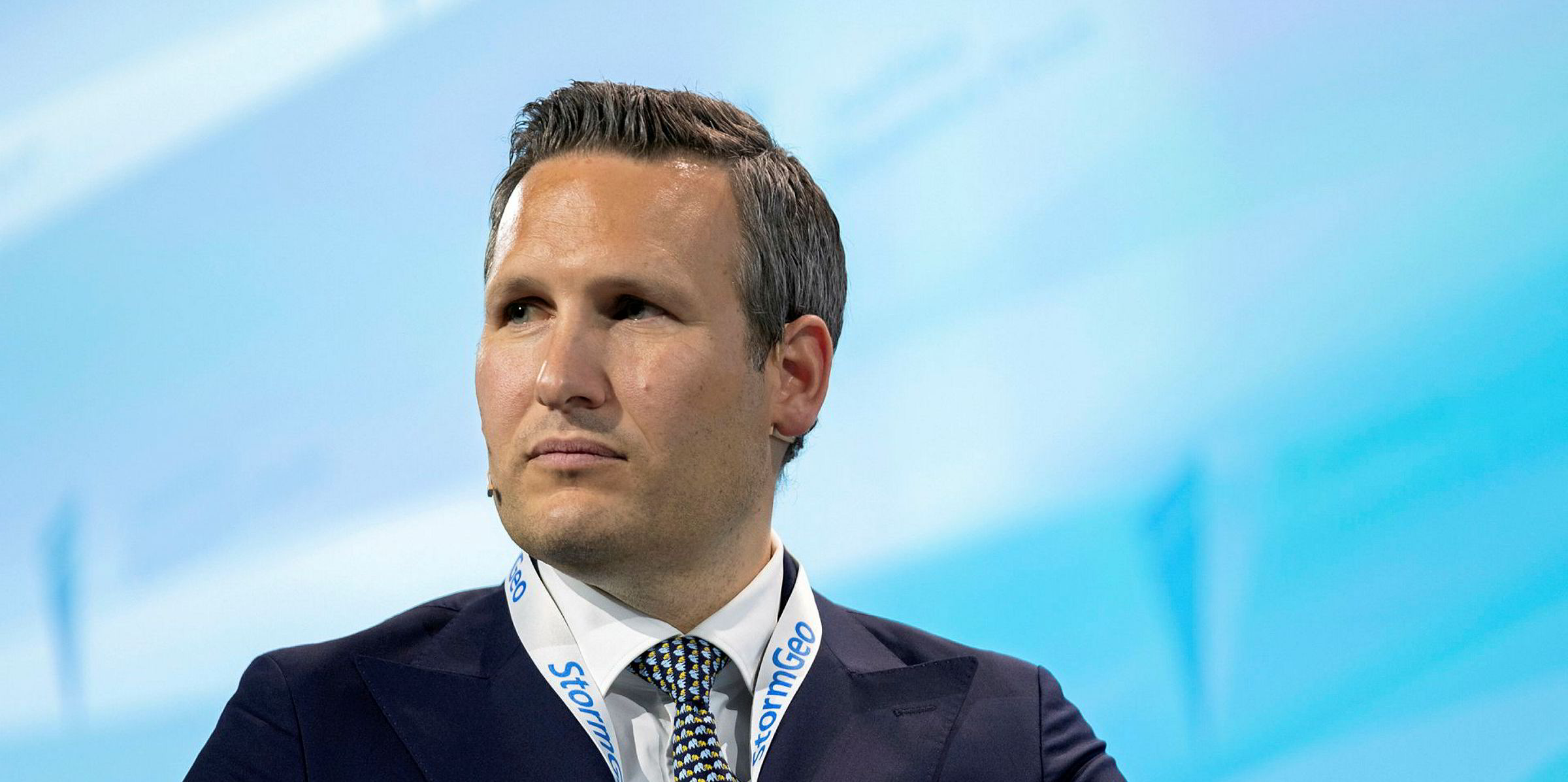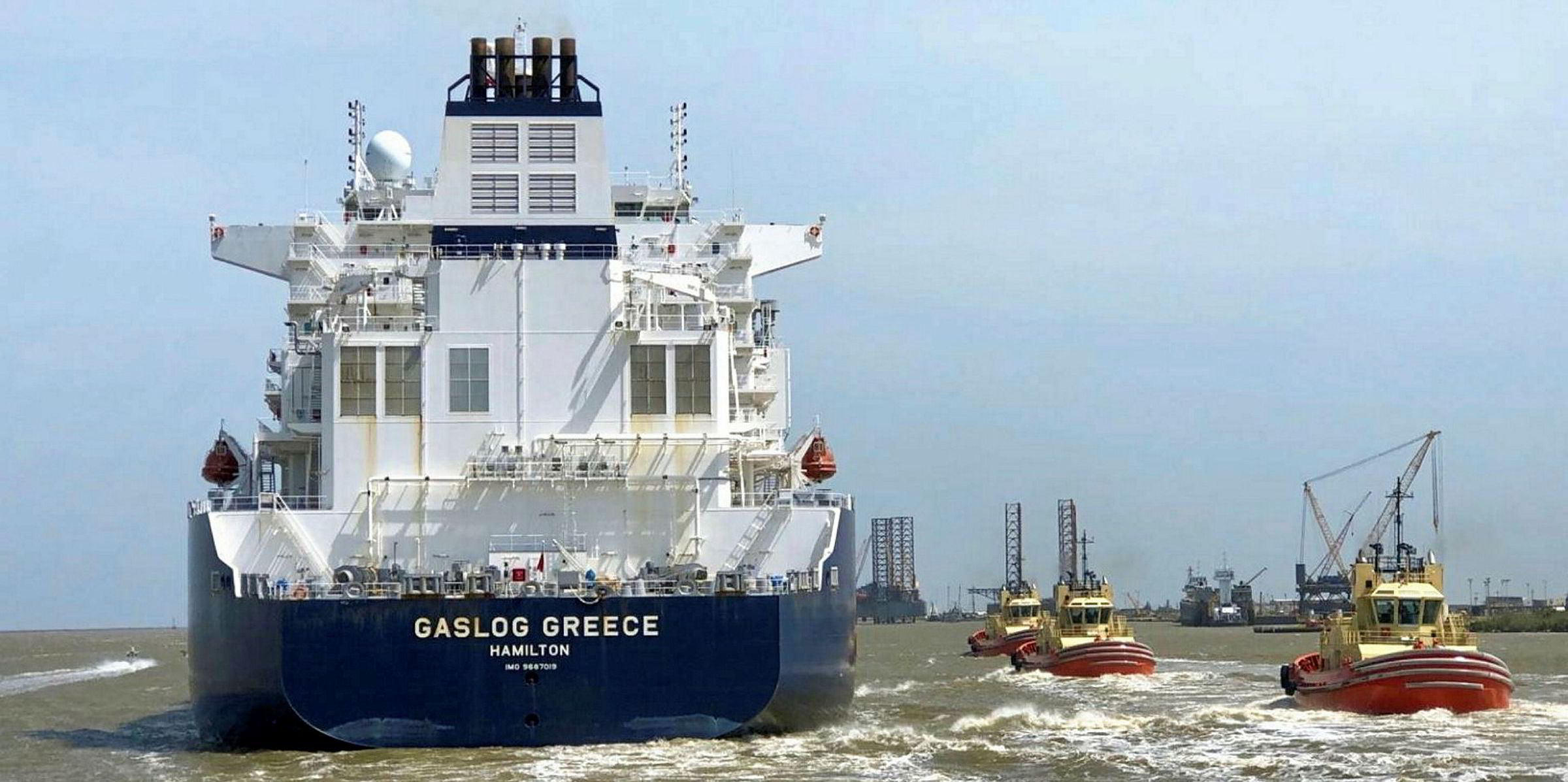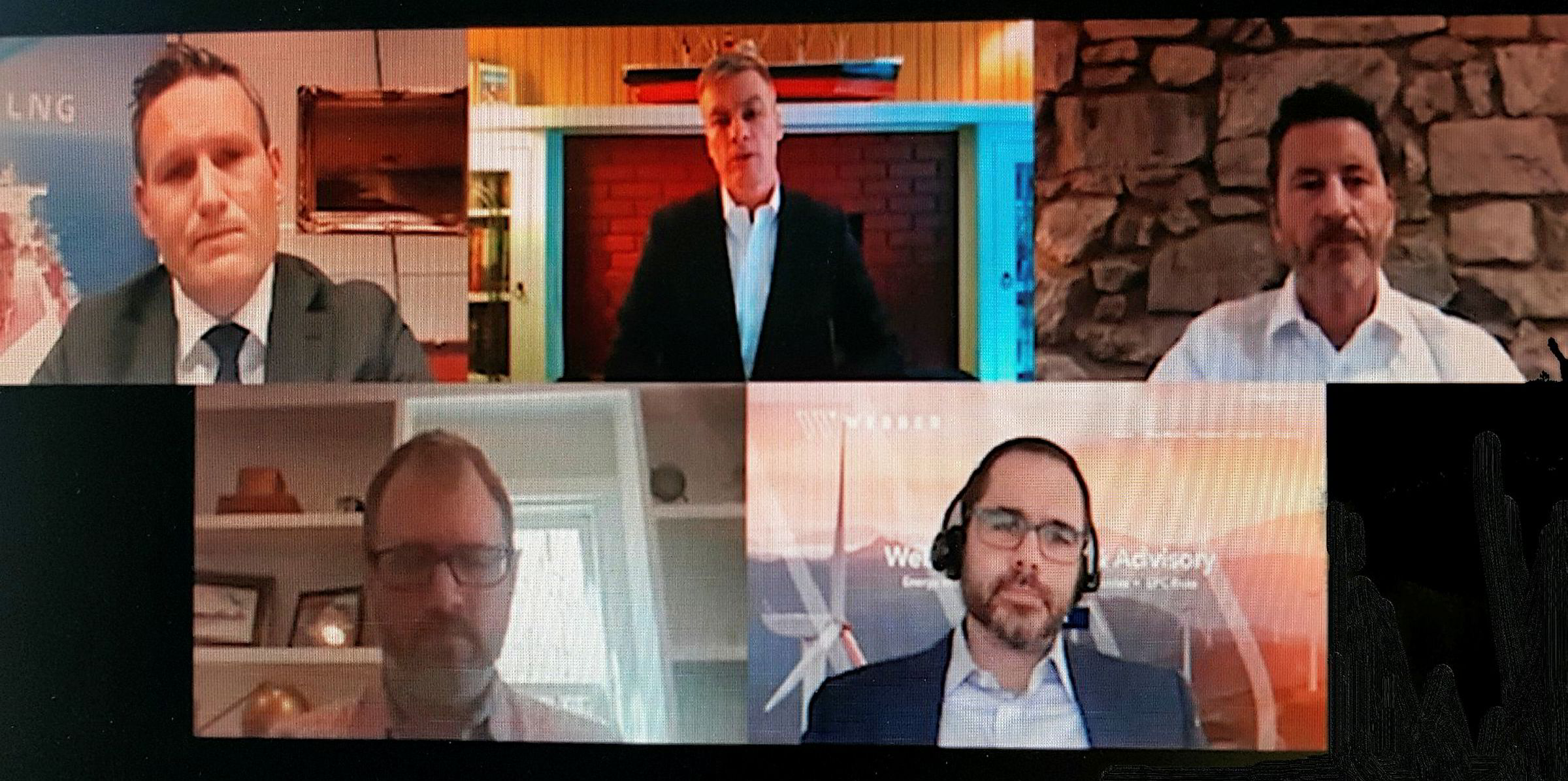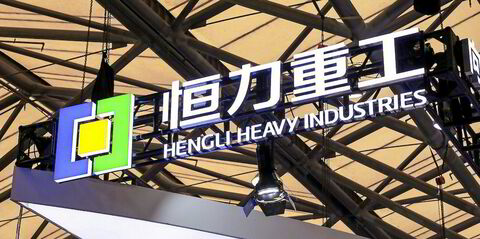John Fredriksen-controlled Flex LNG quadrupled its losses in the first quarter of this year in what the company described as "challenging" near term outlook for LNG shipping.
Flex logged a first-quarter net loss of $14.9m for the quarter. which was a jump on the $3.4m of red ink recorded in the same period a year earlier. It also marks a turnaround on the $24m pre-tax profit reported by the company in the last three months of 2019.
Revenue for the first quarter were $38.2m, up year-on-year on the $19.1m seen in 2019 but down on the $52.0m in the previous quarter.
The company recorded a loss on derivatives of $21.9m during the quarter, of which $21.8m was unrealised, compared to a gain of $1.6m, of which $1.5m in fourth quarter 2019.
Flex said the loss was due to the lower long term interest rate levels as of 31 March against those at the end of December.
Flex now has six LNG carriers on the water. The company is due to take delivery of seven LNG newbuildings between third quarter 2020 and the second quarter 2021, six of which are currently without charters.
Flex chief executive Oystein Kalleklev said Flex has been able to operate its trading ships without any disruptions or delays throughout the pandemic outbreak.
Kalleklev flagged up the company’s “strong” time-charter equivalent earnings of $68,000 per day which is said is in line with its previous guidance of $70,000 per day.
Flex announced it has secured $281m to finance its two remaining newbuildings which needed financing to add to its earlier $629m loan.
The company said it is “well-financed” with $121m of cash and $910 of financing in place for the remaining $937m capital expenditure required for its seven under-construction LNG newbuildings which are due for delivery over the next 12 months.
"The LNG market has been very challenging this year due to another mild winter and the global covid-19 pandemic. We have witnessed unprecedented demand destruction due to shut-downs of all major economies and more specifically shut-ins of cargoes due to historically low gas prices," Kalleklev said.
"These factors have adversely affected the demand for shipping and thus consequently freight rate levels."
The chief executive noted that the near-term outlook for LNG shipping remains challenging.
"The long-term outlook for LNG remains very attractive as the world turns towards cleaner energy with LNG offering cheap and abundant supplies that are displacing coal and diesel,” he said.






